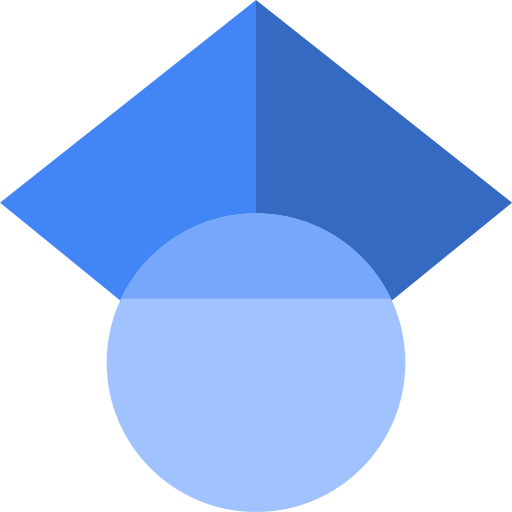Experimental Research on Surface Roughness and Tool Life for Machining of AISI 4340 ALLOY STEEL
Keywords:
CNC milling, AISI 4340 alloy steel, Surface roughness, Tool life, Taguchi methodAbstract
In today’s fiercely competitive market landscape, the expectations of customers are shifting towards a strong emphasis on the superior quality and longevity of critical components such as automotive drive shafts, power transmission shafts, and other torque-bearing shafts. The reliability of these components is paramount, especially as they are subjected to rigorous operational stresses. Within the realm of modern CNC milling operations, two key performance indicators that significantly impact the manufacturing process are tool life and surface roughness, commonly denoted as Ra. Both of these factors are essential in determining the overall efficiency and quality of machining processes. To gain a deeper understanding of these factors, a comprehensive experimental analysis was conducted. This study systematically examined various machining parameters, which included the feed rate (f), the cutting speed (N), the depth of cut (d), tool life, and surface roughness (Ra). Each of these parameters plays a critical role in influencing the outcome of the CNC milling process. The experimental framework was designed using a 3³ factorial model, which facilitated an in-depth exploration of the relationships between these machining variables and their combined effects on tool life and surface finish quality. To identify the optimal values for the parameters under investigation, advanced statistical tools were employed. Main effects plots and contour plots, derived through the renowned Taguchi method, were utilized to visually represent the impact of the machining conditions on the response variables. These graphical analyses allowed for the precise determination of optimal conditions that maximize tool life while minimizing surface roughness. Furthermore, to enhance the predictive capabilities of the analysis, regression equations were developed based on the empirical data obtained from the experiments. These equations serve as valuable tools for predicting the outcomes of future machining processes, providing a mathematical model to estimate tool wear and surface quality based on the input parameters.
Downloads
References
K. Someswara Rao, C.S.P Rao, P.S.C Bose, B. Bhaskar Rao, Abid Ali, and K. Kishore Kumar, "Optimization of Machining Parameters for surface roughness on turning of Niobium alloy C-103 by using RSM." Materials Today: Proceedings 4.2 (2017): 2248-2254.
Dr. Vijay Kumar, B. J. Kiran Kumar, and N. Rudresha, "Optimization of machining parameters in CNC turning of stainless steel (EN19) by Taguchi’s orthogonal array experiments." Materials Today: Proceedings 5.5 (2018): 11395-11407.
M. Nalbant, H. Gökkaya, and G. Sur, "Application of Taguchi method in the optimization of cutting parameters for surface roughness in turning." Materials & Design 28.4 (2007): 1379-1385.
İlhan Asiltürk, Süleyman Neşeli, andMehmet Alper İnce, "Optimisation of parameters affecting surface roughness of Co28Cr6Mo medical material during CNC lathe machining by using the Taguchi and RSM methods." Measurement 78 (2016): 120-128.
S. P. Palaniappan, K. Muthukumara, R. V. Sabariraj, S. Dinesh Kumar, and T. Sathish, "CNC turning process parameters optimization on Aluminium 6082 alloy by using Taguchi and ANOVA." Materials Today: Proceedings 21 (2020): 1013-1021.
Dhiraj K. Patel, and R. G. Jivani, “Experimental investigations on Material removal rate, Power consumption and Surface roughness of EN19 steels in Turing using Taguchi method – A Review.” International Journal of Engineering Research & Technology (IJERT) 3.2 (2014): 2648-2651.





